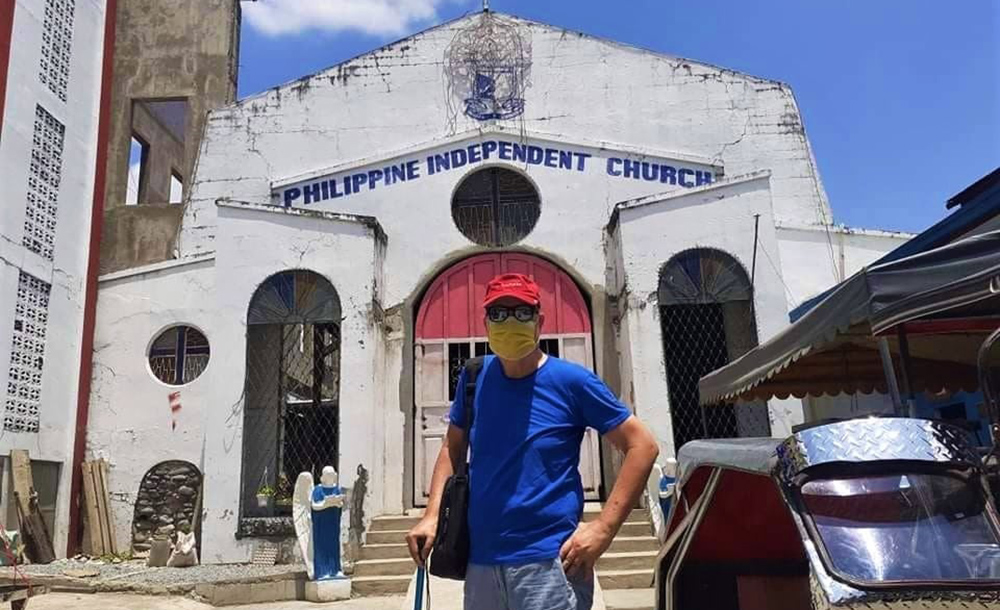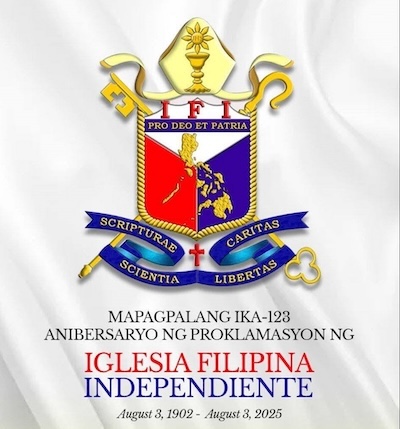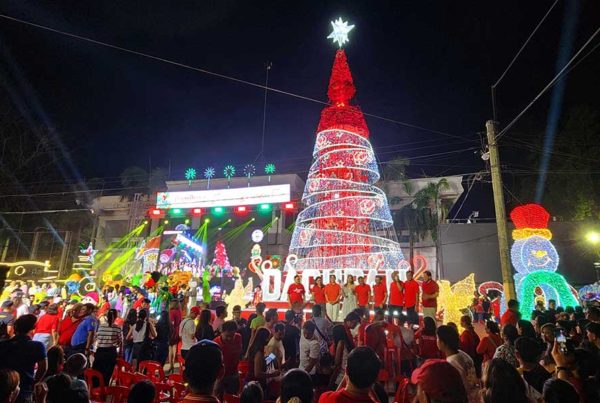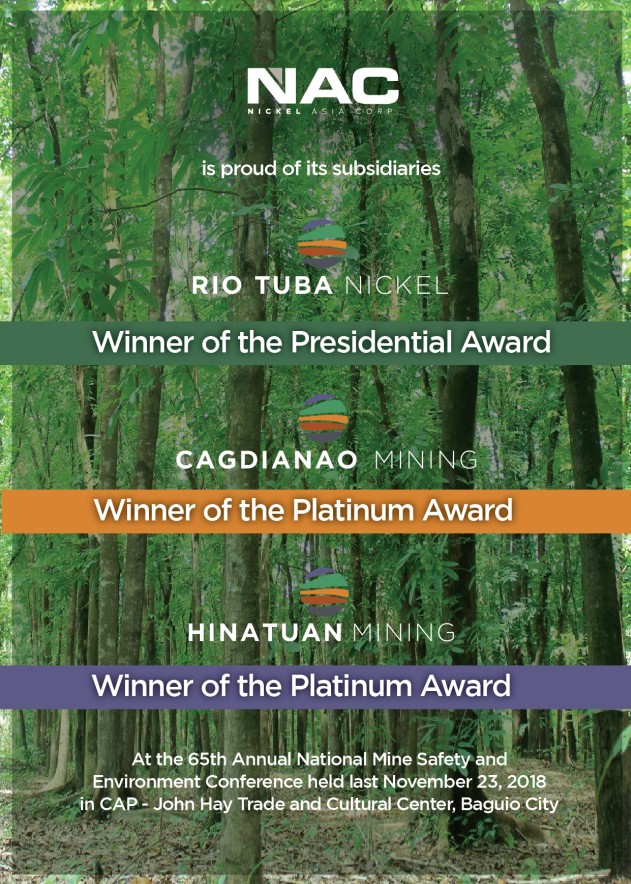
The IGLESIA INDEPENDIENTE : Worth a second look on its 123rd Anniversary
 By Rex Catubig
By Rex Catubig
I always threw it a glance but never really acknowledged its presence so that it might as well be non-existent.
The edifice has always stood there—conspicuous yet unobtrusive. It stands unperturbed amid the cacophony and chaos of the marketplace, the Malimgas market being its next-door neighbor. It has soundly stood the test of time unlike the MacAdore, an erstwhile grand hotel that has deteriorated into a carcass cramped with dry and wet stalls.
Its facade looks perpetually unfinished, painted in “carboro” white that makes it resemble a mausoleum. But it is a living temple, a heritage monument of the Dagupenos’ faith and patriotism.
Historically, it is the repository of a heroic group’s vision of a nationalist church. Its cultural pedigree is tied to the nationalistic upheaval of the time. Its schism from the Roman Catholic Church was born of a people’s exasperation with the rampant abuses of the Spanish clergy.

This is the Philippine Independent Church, also known as Aglipayan Church in honor of its first Supreme Bishop, former Catholic priest Gregorio Aglipay. While it hues closely to the Roman Catholic liturgy, it reworked its liturgical framework to address prevailing concerns at the time. Thus, “the new church rejected the spiritual authority of the Pope”.
One deleted liturgical feature which is redolent with harrowing memory and the root of the schism, is the Confession. The Confession became a tool to bait the unwitting wives of Katipuneros into squealing about their husbands’ affinity to the rebel movement. Convinced that their husbands were committing sin, the wives prevailed on them to go to confession which sounded the death knell for them, as this resulted in their arrest and torture.
But above and beyond its political agenda, the Iglesia Independiente was way ahead of its time and showed an astute understanding and empathy for its congregation.
To its credit, way before the Vatican II Council, it “reformed the prevailing Latin Tridentine Liturgy, and adopted the vernacular in worship”– which is now widely practiced in the Catholic church throughout the world. Moreover, “it abolished the celibacy requirement for priests, allowing them to marry. At that time, all of its clergy were former Catholic priests”.
All this blatant sacrilege was the linchpin that triggered the excommunication of the Filipino nationalists and spiritual rebels.
But the nationalistic spirit prevailed over what was deemed an oppressive church. Faith imbued with a strong nationalistic spirit thrived amid persecution.
The strong presence of the Iglesia Independiente in Dagupan is a testimonial to the fact that the place was a stronghold of “rebolusyonarios” and the church was their last stand.
Dagupan born Romualdo Palaroan remembers vividly his conversations with his Laki Don Ignacio Espejo, a migrant from Vigan along with the Alcayaga-Azurin clan, who fought alongside Gen Gregorio del Pilar. He was a staunch Aglipayan.
Alexis Beltran’s grandfather was a Katipunero and his wife, Alexis’ grandmother nursed the wounded rebels. They were proud Aglipayans.
Others identified strongly with the church’s cause. Trude Wrs belonged to the Espino-Reyes clan who trace their lineage down to the Spanish era. They are dyed-in-the-wool Aglipayans. The prominent Laurel family’s grandparents were devoted Aglipayans and claimed to have donated the church bell. Larry Santiago II recalls that “my Inang, Narcisa Laurel Santiago, used to bring me to church there, and we had the front row bench since Laki Enzo was a big time donor”.
Many Dagupenos are actually avid Aglipayans though the later generations have not kept the faith and found affiliation in other congregations. Yet, the Iglesia Independiente has prevailed over time.
The longevity of the church could be attributed to the leadership of pioneer Bishop Gregorio Gaerlan, who was married to Casimira de Venecia, whose affluent family, according to the late Catherine Velasco, donated the lot where the church stands. Following him, on Fr Eligio Morante fell the yeoman’s task of tending to the Aglipayan flock and ministered the church through the changing times.
The proud Dagupeno Aglipayans of old and many more after them are the bedrock of this historic church which is the pioneer bastion of spiritual strength as well as patriotic integrity. The Independent Church of Dagupan could be said to be the cradle of many distinguished, nationalistic Dagupenos.
As it stands steadfast in its obscure site, the Independent Church of Dagupan is a heritage waiting to be rediscovered and revalidated: its role in the City’s history reaffirmed.










